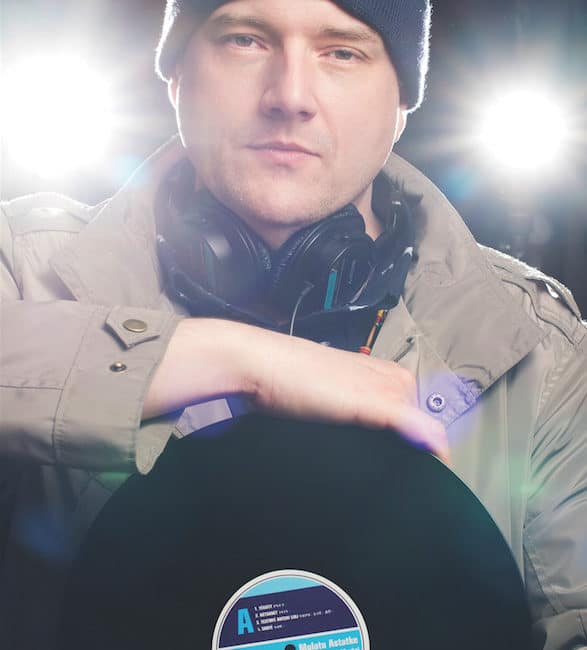
AMA: Kyle Long
Whether it’s over the air as host of WFYI’s Cultural Manifesto or in the club spinning records, Long’s jam is discovering, sharing, and promoting the area’s best original music, often overlooked by the masses. He’s performing live at the Indianapolis Motor Speedway’s Rev event on May 6, and at The Hi-Fi on May 27 with Bollywood Bhangra.
What are you listening to now?
Much of my listening revolves around what it is I’m working on that week for Cultural Manifesto. I recently had a show that featured musicians from the SXSW showcase ContraBanned, which was created in reaction to the executive-order travel ban barring entry into the United States. One of the bands affected by the ban is a British jazz group called Yussef Kamaal. I’m also listening to a lot of Dena El Saffar, an Iraqi-American multi-instrumental musician out of Bloomington who leads the group Salaam.
How do you determine the structure and topics of the show?
The show is based on current events that are happening and are important to me. It might be influenced by a national event or could coincide with a local rapper’s album release. I always want to pay attention to topics having historical importance I feel people should know about, musically or culturally. I love sharing music and stories that may have gotten lost in time or maybe never received their full representation back when the artists were active. It’s enriching to go back and learn from different periods in Indianapolis’s cultural history.
So educating the audience is a focus of the program?
It’s important for me to be able to share immigrant music through a sensitive approach and share their stories in order to give a different and honest perspective on their music. Even though it’s not an overt political statement, giving these artists a platform to share their stories and their concerns over what’s going on in the current political climate is a form of resistance for me.
You give special attention to music that’s not played much on the radio and is perhaps ignored by mainstream listeners. Why?
When I started out, I thought, What’s missing and how could I fit into this DJ scene? What can I do that’s more than just playing the wide set of musical interests I have? There was intent to not just add to the noise, but to add to the scene. It was intentional to work with under-represented sounds, which I first encountered by just being curious. I would spend time at Indian grocery stores on Lafayette Road that sold cassette tapes, and I would pore over thousands of these tapes, despite the store owners giving me weird looks.
That area’s pretty special, right?
There are several venues that, on a weekly basis, host, in my opinion, some of the most important musicians currently working. The Lafayette Road scene is a rich, vast diversity of music. You can see Chicano rap groups from Los Angeles, heavy metal groups from Spain, salsa groups from Colombia, indigenous acts from Mexico—you’re not going to see just a monolithic scene.
Once-thriving neighborhoods might be losing their artists. What could that mean for local musicians?
I think artists are very resilient. They’re going to find a way to create their work and a place to play regardless of the social and economic influences that might be making it difficult for them. However, take Indiana Avenue as an example: We can see how outside forces changed the culture of that neighborhood, ending a golden period of Indianapolis music. It’s troubling to me when I study this area, which was like a mecca of jazz music from roughly the 1940s to the late 1950s. Changes within the city came in and dismantled that street. And we’ve never been able to re-create what happened along Indiana Avenue. Artists will move on and find ways to express themselves. But when you destroy the kind of synergy that comes from having one area, one location that’s the center of an artistic movement where people are interacting, it’s not as damaging to the artists as much as it is to the greater health of the community.
What musicians or groups should Indy residents be listening to?
Clint Breeze & The Groove, who put on a phenomenal live show that blends jazz and hip-hop. Carrington Clinton (Clint Breeze) is a drummer and beat maker who sits in with heavyweights from the local jazz scene. He recently put out a digital release, Nappy Head, which has a classic hip-hop vibe to it, whereas the live show favors jazz. The biggest names in the Indianapolis hip-hop scene (Sirius Blvck, Oreo Jones, Flaco) are on it, and I think it’s the most important Indianapolis hip-hop album ever made.





